Spain’s bigger cities like Madrid, Barcelona and Seville are always pretty packed with tourists. During Easter, when many countries have public and school holidays, they can be even busier than usual and getting around can become pretty difficult.
During Easter specifically, some towns and cities, most famously Seville, can be absolutely overrun with tourists during Semana Santa – Holy Week.
If you’re wanting to get away but don’t fancy facing the crowds, here are 8 of the least touristy cities in Spain to visit this Easter.
READ ALSO: What are the best cities in Spain to see the Semana Santa processions?
Badajoz
Badajoz is often ignored compared to its neighbours Cáceres and Mérida, but well worth a visit. The city of roughly 150,000 in the Extremadura region of western Spain sits on the border with Portugal and is much cheaper than visiting traditional tourist hotspots such as Madrid, Barcelona, Valencia and Seville over Easter.
Badajoz’s impressive Moorish citadel, located on the banks of the Guadiana river, is an extraordinary fortress from the Al-Andalus period and is one of the largest in Spain. The San Juan Bautista cathedral is another historical monument worth seeing. For those who’ve visited Seville, Badajoz also has a Giralda tower very similar to the one in the Andalusian capital.
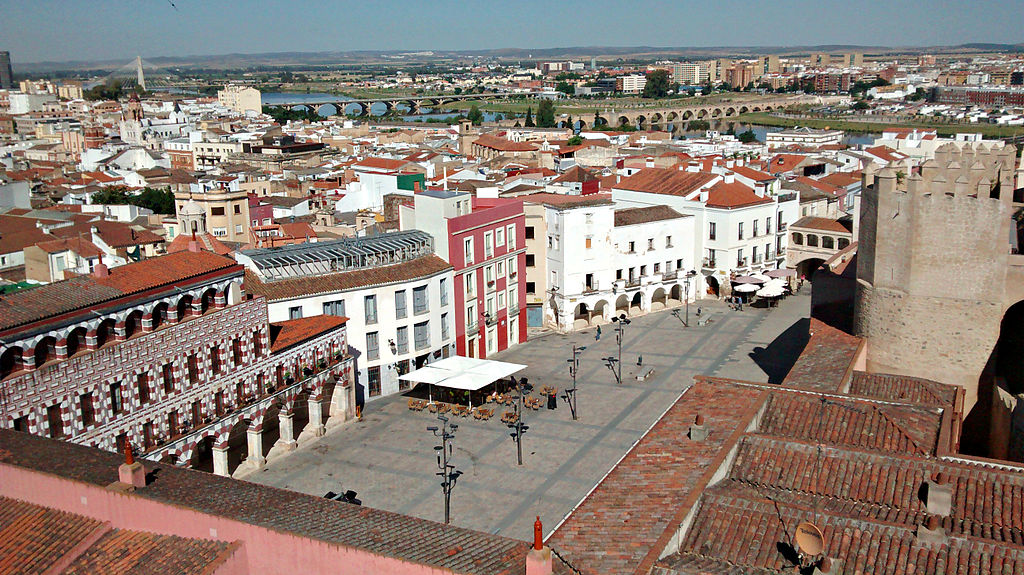
Ciudad Real
Ciudad Real is a small city, with a population of around 75,000 people, found right in the centre of Spain in the Castilla-La Mancha region. It’s about a 2.5 hour drive south of Madrid.
For the literature fans among our readership, Ciudad Real is most commonly associated with the seminal novel in Spanish history (indeed arguably in world history) Don Quixote by Miguel de Cervantes. As such, one of the city’s main attractions is the Don Quixote museum, but the city has much to offer than literary connections. The Santa María del Prado cathedral and Plaza Mayor are of particular note. Close to Ciudad Real is Almagro, considered one of the most beautiful villages in Spain.
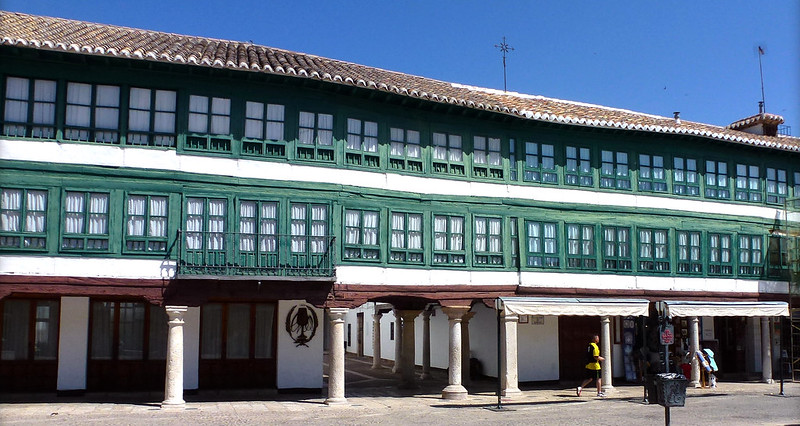
Huesca
Another hidden gem is Huesca, in the Aragón region. Huesca is small, with a population of a little over 50,000, but the city and province that goes by the same name stand out and really punches above its weight for incredible historical heritage. In the old town alone, the smaller city boasts the San Pedro el Viejo monastery and the Cathedral of Transfiguración del Señor.
The cathedral of Santa María de Huesca is arguably the most renowned and well known historical monument in the city. It is Gothic in style and was somewhere built between the 13th and 14th centuries by order of Jaime I — definitely worth a visit!
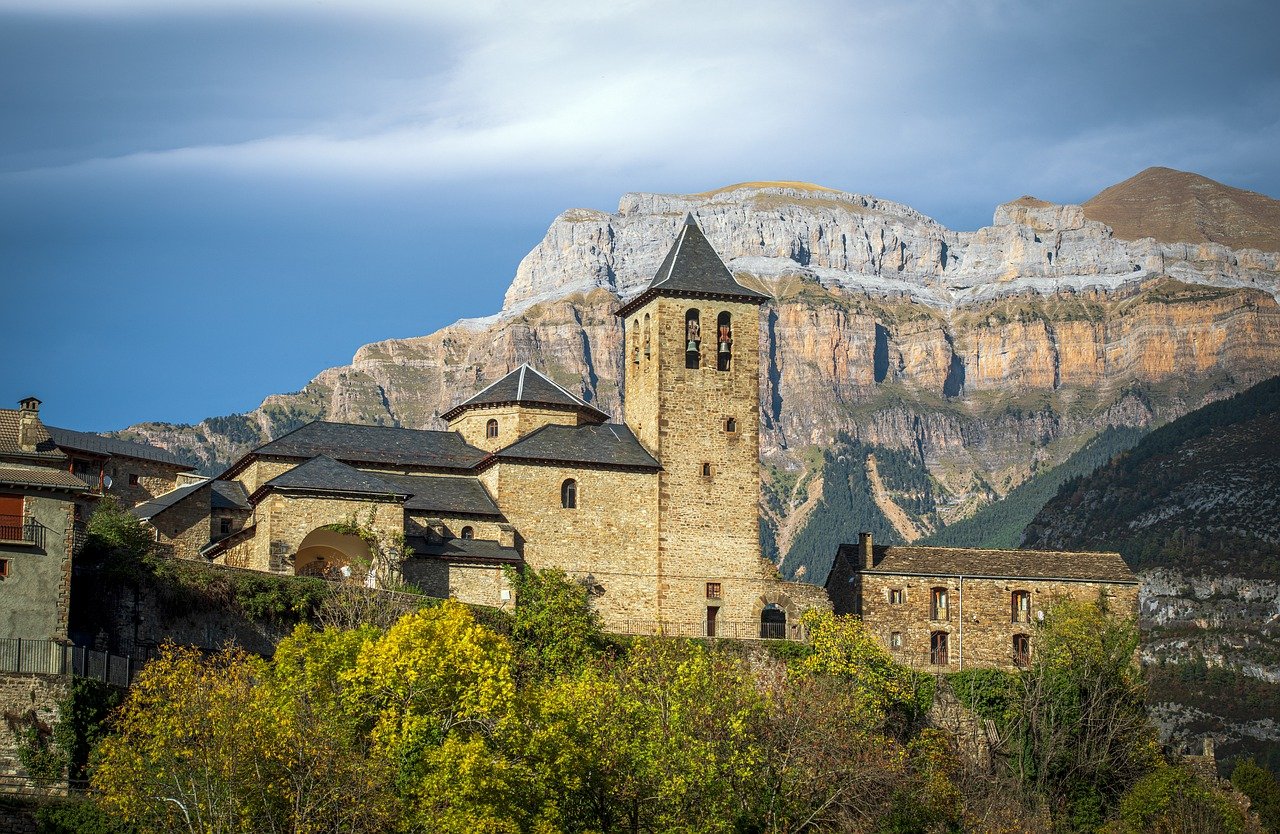
Soria
Soria is a stunning little city in the Castilla y León region. It’s around a 2 hour drive from Zaragoza, and can be easily reached by public transport from Madrid in around 2 and a half hours.
The city also oozes history wherever you look. Soria’s Plaza Mayor, the heart of the city, is home to both the Fuente de los Leones and Casa de los Doce Linajes, which dates back to the 18th century and has neoclassical style. Soria also boasts the Church of Santo Domingo, considered one of the masterpieces of Romanesque architecture in Spain.
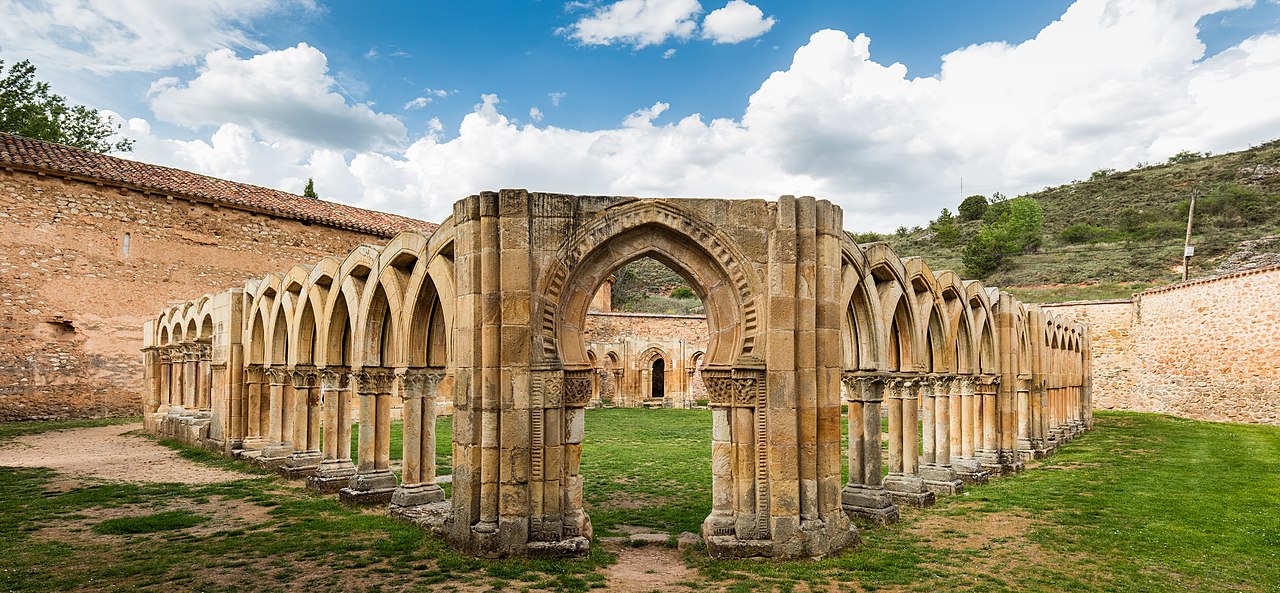
El Hierro
The smallest of Spain’s Canary Islands has fewer than 10,000 inhabitants and is a world apart from touristy Tenerife, Gran Canaria, Fuerteventura and Lanzarote. Dozens of trails through dense laurel forests, some of the best scuba diving Spain has to offer and quaint villages are some of its main draws. Above all, you’ll find it extremely easy to find peace and tranquillity in La Isla de Meridiano, considered for centuries to be the most westerly point in the world.

Camino Natural Senda del Duero
Another worthwhile Easter trip for nature lovers, ramblers and cyclists. The Camino Natural Senda del Duero is a very long trail that begins on the border of the provinces of La Rioja, Burgos and Soria in the highest peak of the Iberian mountain range, the Picos de Urbión. This is where the river Duero begins, and it then flows into Oporto before crossing Castilla y León from east to west for 750 kilometres.
Along the way are towns such as Aranda de Duero, Peñafiel, Almazán and Simancas, stops on a long tour through Castilian nature, history and tradition.

Ezcaray
Ezcaray is a tiny town of around 2000 people in the La Rioja region. It’s less than an hour from nearby Logroño, three and a half hours from Madrid, and the picturesque town is surrounded by rolling green hills and mountains.
Ezcaray may be small, but boasts a lot of visit worthy sites. The Real Fábrica de Paños de Santa Bárbara, an old textile factory, is a recognised cultural asset, as is the Casa de Tintes ‘El Fuerte’, which has been converted into the town hall. The church of Santa María la Mayor is also worth a visit, especially during Easter, for its eye-catching reddish stone, Gothic style and an ornate altarpiece dating back to the 12th century.

L’Ametlla de Mar
If you want a coastal trip this Easter but don’t want the hustle and bustle of cities like Valencia, Málaga or Alicante, consider L’Ametlla de Mar in Tarragona.
A town of just 8,000 people that has gorgeous coastal views, L’Ametlla de Mar strikes a balance between being small and compact but also offering tourists plenty to keep busy with. The port is worth a visit, as is the fish auction at Llotja de L’Ametlla and, of course, the 30 beautiful coves and beaches in the area, five of which have been awarded with distinctions.

Sierra Morena Sevillana
Though Seville city centre will be absolutely packed with people during Semana Santa, the province itself has something of a hidden gem you could enjoy during Easter. Sierra Morena Sevillana is a protected nature reserve north of Seville, and whether it be fishing in the Rivera del Huéznar, heading to the Almadén de la Plata, the only public astronomical observatory in Spain, or enjoying some of the famous local Andalusian gastronomy, you’re sure to find something to help you disconnect from the hustle and bustle of the city.
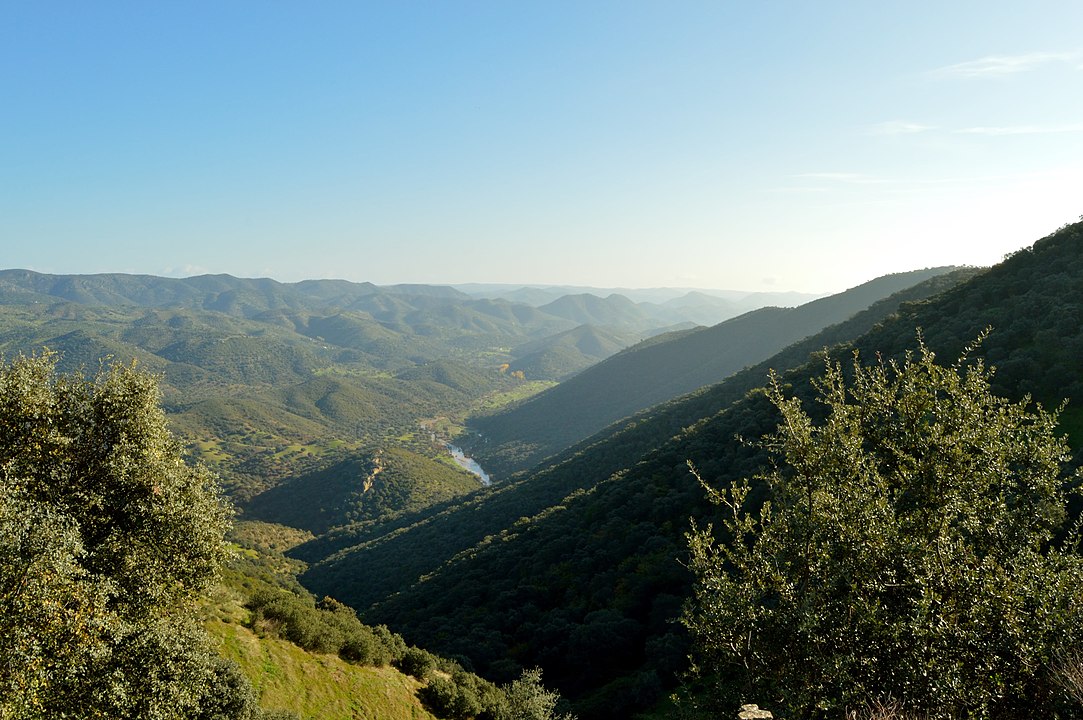

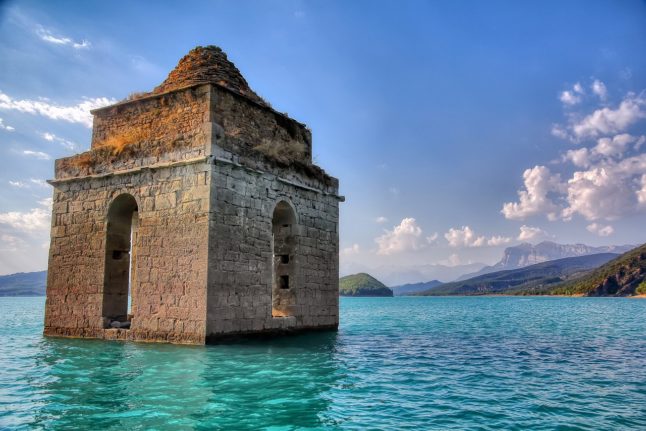
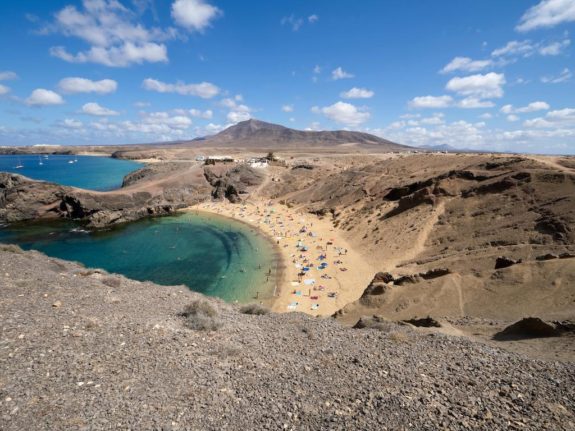
 Please whitelist us to continue reading.
Please whitelist us to continue reading.
Member comments